
Container refers to a component tool that can carry packaged goods for transportation and facilitate loading and unloading by mechanical equipment. The biggest success of container lies is the standardization of its products and a whole set of transportation system established by it, people gradually realizes the logistics system which is compatible with ships, ports, railroads, highways, transit stations and multi-modal transportation on a global scale.
Hebei Ruiban Import and Export Trading Co., Ltd. believes that container invention and its supporting systems known as one of the great miracles created by mankind.
Budding period (1830-1856)
In 1801, the Englishman Dr. James Anderson first proposed the container transport idea.
In 1830, a coal container firstly appeared on the British railroads, as well as the large containers carried piece goods on the railroads.
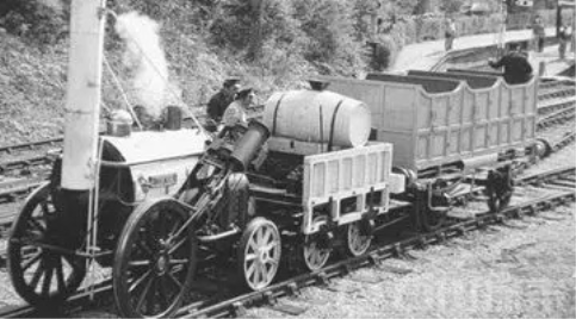
In 1845, fully enclosed freight carriages began to appear on British railroads with iron and wood structures in the box.
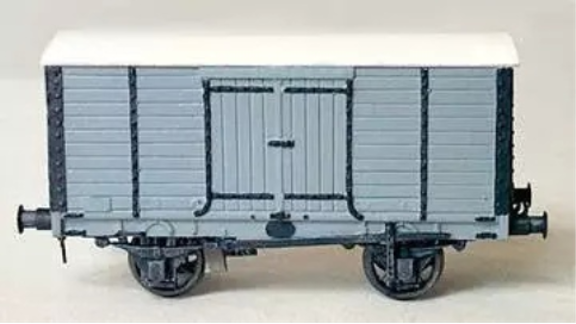
Early fully enclosed side-door freight train cars
To the second half of the 19th century, the British Lancashire appeared with a movable frame of the railroad pallet, used to transport cotton gauze, commonly known as the "Lancashire pallet", which can be seen as the prototype of the container.
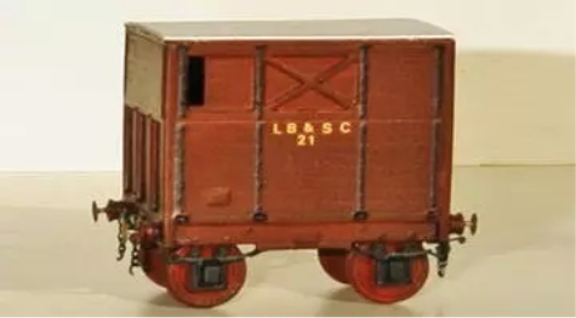
The emergence of freight carriages on British railroads around 1850
In 1853, the U.S. railroads also used the container. This is the world's first prototype of container transport.
In 1880, the United States formally piloted the first container ship for inland waterways. Formally use of containers is in the early 20th century.
Until the beginning of the 20th century, the new mode of transportation was promoted. Due to the development of the world economy, the land transport volume in western countries grew rapidly, and railroad transport developed more rapidly. At this time, British railroads tried to load furniture in wooden containers, transport them in railroad flat cars, and transfer the boxes to wagons by cranes after arriving at the stations, and the wagons then transported the goods to their destinations.

In 1917, the U.S. railroads also piloted the container transport.
Subsequently, more than ten years, Germany, France, Japan and Italy have appeared one after another container transport.
In 1920, the United States New York Central Railroad and Pennsylvania Railroad, the introduction of a 9-foot steel container. In each railroad wagon, can contain six containers, each with a capacity of 5 tons. With these containers, the railroad in the transfer of goods along the way, the efficiency is greatly improved, the cost is significantly reduced.
In 1927, in response to the threat of trucking, railroads in many countries adopted container systems. A British railroad company used to transport 3,000 containers. On the other hand,the French national railroad company recommended container transport to farmers who delivered meat and cheese.
The initial stage of container transport, container structure and specifications vary that affected the flow of containers in the international, urgently need to develop international common standards for containers to facilitate its development. Container standardization didn’t only improve the container as a common transport unit in sea, land and air transport in the generality and interchangeability, but also can improve the security and economy of container transport, and promote the development of international container multi-modal transport.
In 1933, the establishment of the International Container Association in Paris, responsible for the development of a unified container standards, which is a private container transport organization, it is to coordinate the cooperation between the parties concerned with the container for the relations purpose, and the "container owner" registration business.
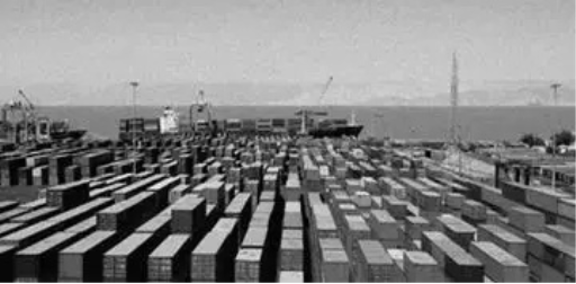
During World War II, the United States established a "military container fast service system", the use of containers to transport ammunition and other military goods. But this period due to social productivity is still relatively backward, there is no sufficient and stable source of suitable containers, resulting in the superiority of container transport can not play well, affecting the development of container transport.
After the end of World War II, the application of container transport increased. For example: the Danish United Shipping Company with containers to transport beer and food in 1951; Alaska Steamship Company in Seattle to Alaska route using wooden and steel containers; Missouri Pacific Railway Company promoted aluminum containers with wheels; Pittsburgh's Delaware Company designed a 7 feet 9 inches of steel containers who has sold 3,000 in 1951. Train Ferry Company used large cranes at the docks to lift entire trains onto ships, which were then transported from the United States to Cuba.
A 1955 census found that there were 154,907 shipping containers used in European countries, but almost all were wooden and most had no top cover, and at least 52% had a volume of less than 3 cubic meters. Users have to put the goods inside container and cover it with canvas.
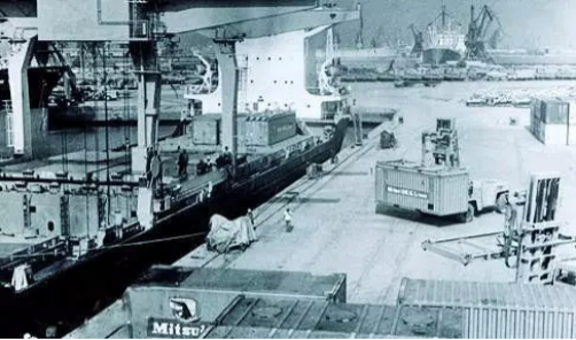
Most of the containers in the United States are made of steel, but the container deadweight accounted for more than 25% of the total freight. At the same time, the way countries deal with containers, even more troublesome than bulk cargo transportation. At that time, many containers on top of the four corners of the metal ring, lifting dock workers to climb on the container first with hooks, the container into the cabin still need dock workers to carry it in place.
There will be unused space in the container, after arriving at the port still need to unload the goods, stacked to the transit warehouse, empty boxes shipped back. In international trade, customs tax both the goods, but also the container tax, empty boxes shipped back to the source also cost money.
In addition, the competition between railroad, road and sea transport, leading to their mutual fragmentation, the transport process is difficult to effectively connect. These factors make the superiority of container transport can not play well, the development is extremely slow.
Until an American proposed container transport should be implemented "land and sea transport", it really began the modern sense of container transport, its advantages also began to show. This person is the father of modern container transport - Malcolm McLean.
The pioneering period (1956-1966)
In 1955, the American Malcolm McLean firstly put forward the container transport must be achieved by land and sea, in order to facilitate the land and sea transport, he advocated land and sea transport by a company control and management.
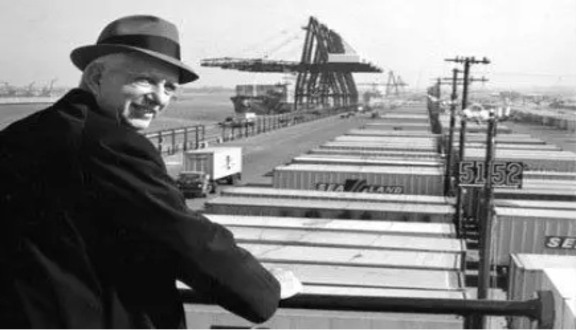
Malcolm McLean admires the container shipping business which he built
In 1953, McLean came up with the idea of building a dock freight yard station that would allow trucks to drive down a ramp onto a specially designed ship and unload trailers. The ships could carry the trailers to ports such as New York, and when the ships arrived, the trailers would be picked up by other truck heads. This would allow for "Inter-modal transportation by land and sea" .
In April 1956, the U.S. Transatlantic Shipping Company used a modified T-2 tanker "Makeston", loaded on the deck of 58 large containers, trial run New York-Houston route. 3 months of trial run achieved great economic results, showing the great superiority of container transport.
In October 1957, the company converted six more C-2 general cargo ships into full container ships with box compartments. The ship was equipped with container loading bridge, carrying 90,000 tons and carrying 226 35-foot containers with a gross weight of 25 tons, sailing from New York to Houston. This marks the official start of the sea container transport method.
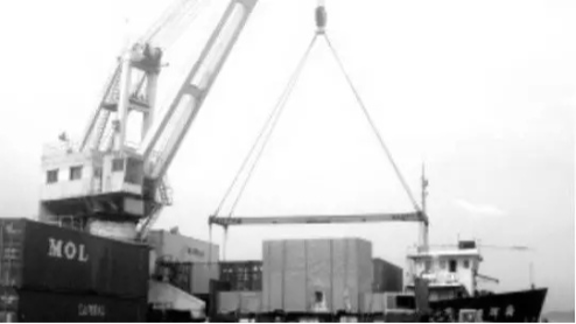
The growth and expansion period (1966 - late 80s)
In April 1966, Sea-Land Transportation Company (formerly American Trans-Atlantic Shipping Company) opened a container shipping route from New York to Europe with a modified full container ship.
In September 1967, Matoson Shipping Company put the full container ship "Hawaiian Colonist" on the Pacific coast route from Japan to North America. A year later, six Japanese shipping companies started container transportation between Japan and California. Immediately after Japan and European countries shipping companies have carried out container transport in Japan, Europe, the United States and Australia and other regions. With the development of maritime container transport, the world's countries generally build a special container terminal.
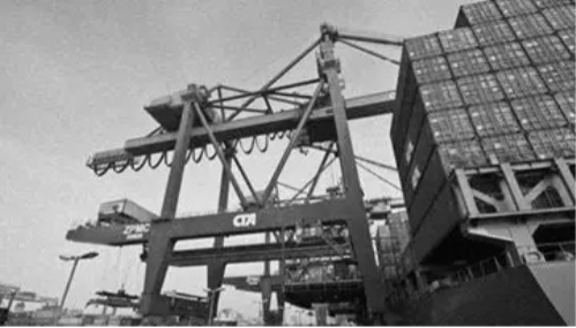
The 1970s and 1980s were the era of computer software development. This era of "door-to-door" transport goals to the direction of international multi-modal transport system, began to build a system of transport and inter-modal transport system. This also prepared for the arrival of container transport maturity.
The modern maturity period (late 80s to present)
At present, the container transport has spread all over the world, developed countries between the degree of containerization of general cargo transport has reached more than 80%. In this period, ship capacity, port throughput capacity and inland transportation capacity of the three links between the interface and supporting increased perfectly, and container transport-related hardware and software to perfect, the relevant links closely linked, supporting the construction; container transport multi-modal transport to obtain rapidly development, container transport between developed countries has basically realized the multi-modal transport, multi-modal transport growth momentum of developing countries. The growth momentum of multi-modal transport in developing countries is also very considerable.
In the 1990s, the container transport market competition was becoming increasingly fierce, the shipping companies in order to survive and develop, have formed consortia and "global alliance". The world had 20 largest "global carriers"in 1993, only 13 carriers remained in 1996.
Container shipping in China began in the 1950s. The railway sector began handling small container transport in the domestic in 1951.
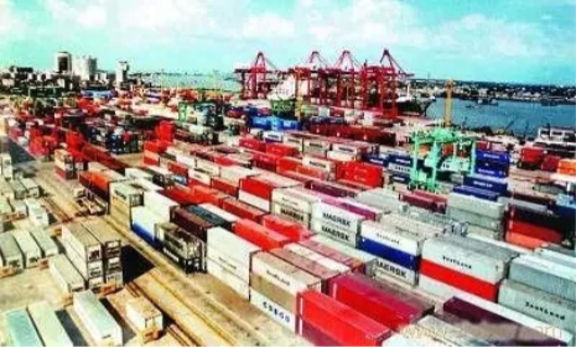
China's water transport sector in 1956, 1960, 1972, 3 times borrowed railroad containers for short-term trial transport.
In 1973, China opened the sea international container transport, Tianjin received and unloaded the first international container. In September of the same year opened up with general cargo ship piggyback small containers from Shanghai to Yokohama, Osaka, Kobe route. China's international container transport started late, but the speed of development is the fastest.
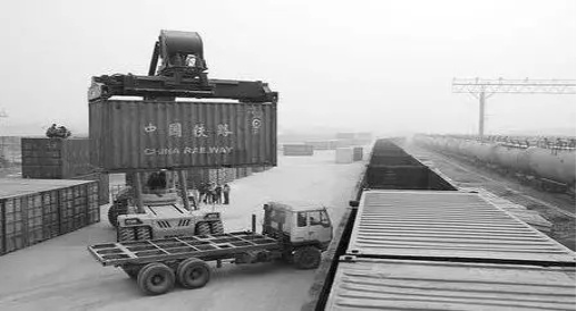
After the start in the 70s, the steady development in the 80s, to the 90s, China's international container transport has attracted the keen attention of the world shipping community. By now, China has a modern fleet of container ships, built a number of container special deep-water berths.
In 2011, China's first international freight train with container formation debuted from Chongqing, has been operating for 6 years, has paved the western, central and eastern 3 land container transport channel, to May 2017, relying on the New Asia-Europe Continental Bridge and the Siberian Continental Bridge, China Railway has 51 operating lines of China-European liner, the domestic operating cities reached 28, to reach 29 cities in 11 European countries.
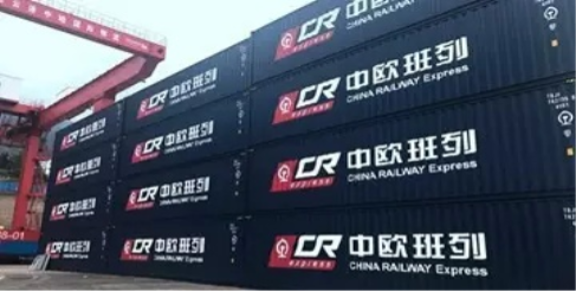
After years of construction and development, the current container international multi-modal transport hardware conditions have basically formed and tend to mature. China's container international multi-modal transport soft environment, such as management system, market cultivation and standardization, operation organization, information and import and export documents processing, policies and regulations, etc., has also been significantly improved; human resources has formed a considerable scale, with more experiences, to carry out international trade, import and export freight business of professional teams. At present, Chinese territory to participate in international cargo multi-modal transport activities in China Cosco, Sinotrans and China Shipping and other group companies, but also foreign or outside China, including Denmark Maersk, the United States Sea and Land, Japan Post and China Hong Kong Orient Overseas and other companies. With the development of western China, the development of the mainland economy and the strong momentum of foreign trade, China's international multi-modal transport is bound to further develop.
Chinese medical protective gloves are mostly used for export, since the COVID-19 epidemic, Hebei Ruiban Import and Export Trade Co., Ltd. always keep a close eye on the container transport industry, international freight capacity constraints, industry chain supply has undergone radical changes, mastering the development trend of the container industry, conducive to our global partners to provide the most excellent industry information and services.